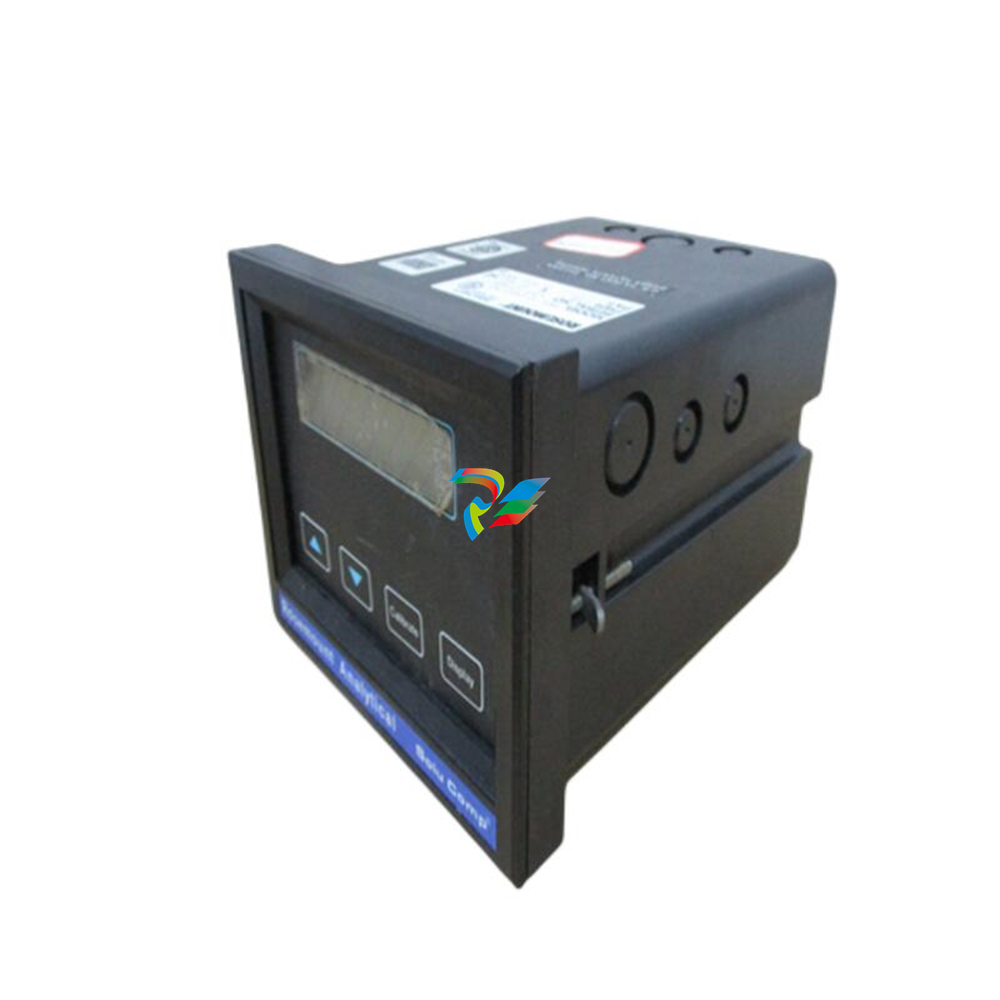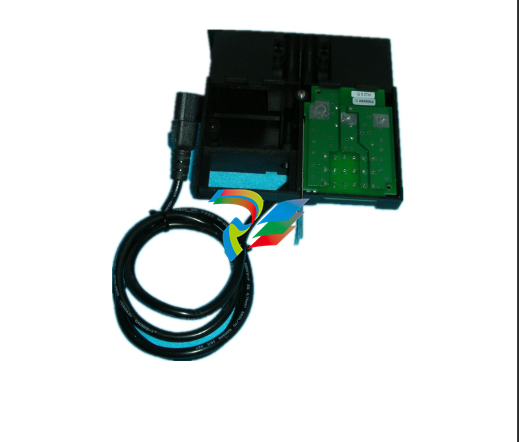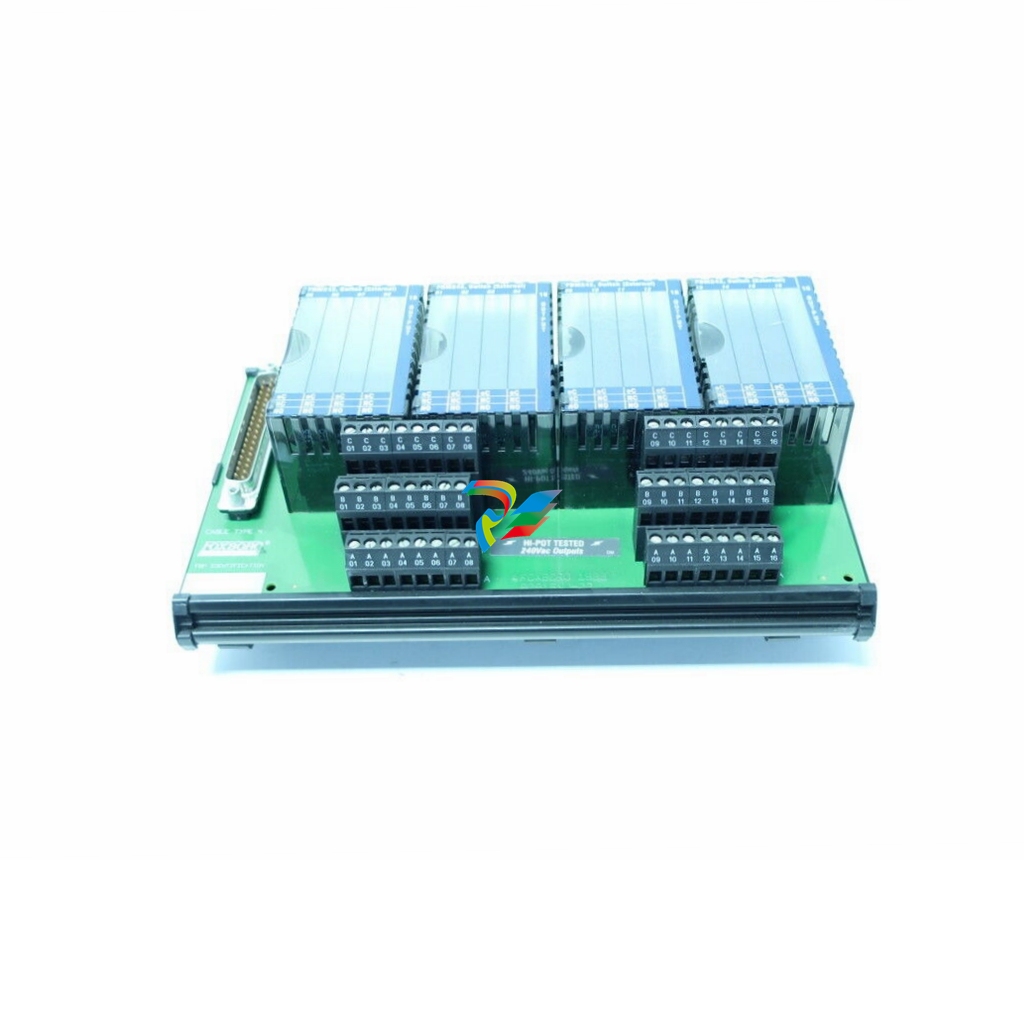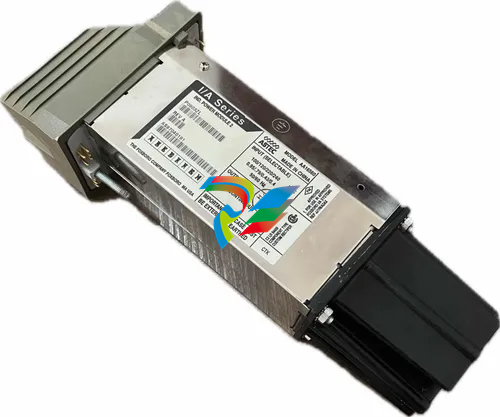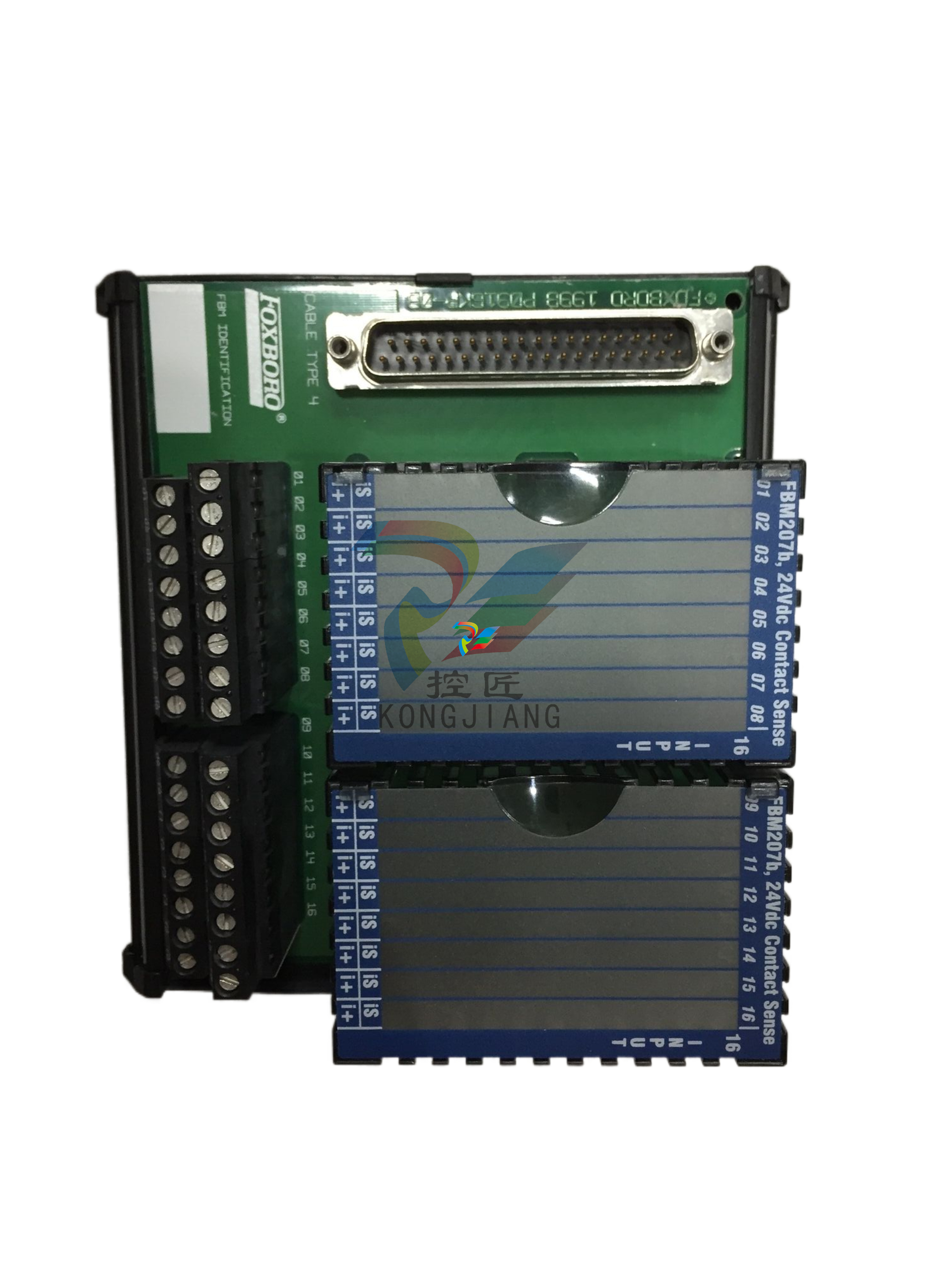
DCS; Industrial control system
Product
Article
NameDescriptionContent
NEW CENTER
Current Location:
Industrial Automation Equipment: Transforming Traditional Industrial Employment
From:
|
Author:huang
|
Time :2024-11-08
|
246 Browse:
|
Share:
Industrial automation equipment refers to machine devices that can automatically complete production, manufacturing, and processing tasks. It typically includes robots, automated production lines, and automated control systems.
The development of industrial automation equipment has been on a rapid rise. In recent years, with the advancement of technology, industrial automation has become an essential part of modern manufacturing. The control technology of industrial automation has evolved through three stages: from single-point control to centralized control and then to network control.
As of 2023, the global industrial automation equipment market size is approximately 344.03 billion yuan. It is projected to reach 511.22 billion yuan by 2030, with a compound annual growth rate (CAGR) of 5.9% from 2024 to 2030. Major producers of industrial automation equipment include Applied Materials, ASML, Tokyo Electron, Lam Research, and KLA. North America, Europe, China, and Japan account for 90% of the production market share.
In terms of product classification, it can be divided into two categories: general equipment and special equipment. Special equipment holds a 70% market share as the largest segment. In terms of applications, the automotive industry has the largest market share of about 33%, followed by the electronics industry, food industry, metal mining, petrochemical industry, and others.
Industrial automation equipment is the foundation and core of modern manufacturing. It is characterized by being technology-intensive, high-investment, and high-return. It has transformed the traditional manufacturing industry and is playing an increasingly important role in promoting industrial upgrading and economic development.
二、Impact on Traditional Industrial Employment
(一)Job Losses and Displacements
Automation has a significant impact on traditional industrial employment by leading to job losses. As industrial automation equipment becomes more prevalent, many routine and repetitive tasks that were once performed by human workers can now be completed by machines. For example, in the manufacturing sector, automated production lines can assemble products with greater speed and precision than human workers, resulting in the displacement of workers who were previously employed in these roles.
According to research, in the last ten years, automation has reduced the workforce in some industries by up to half. For instance, in the automotive industry, the increased use of robotics and automated assembly lines has led to significant job losses. As a result, many workers who were previously employed in traditional manufacturing jobs are now facing unemployment or the need to retrain for new roles.
(二)Skill Requirements Shift
In an automated industrial environment, the skill sets required of workers are changing. With the increased use of industrial automation equipment, there is a growing demand for workers with technical skills such as programming, robotics maintenance, and data analysis. Workers who are able to understand and operate automated systems are in high demand, while those with only traditional manufacturing skills may find it difficult to secure employment.
For example, in the electronics industry, workers who are proficient in programming and operating automated testing equipment are highly valued. Additionally, workers with skills in problem-solving and critical thinking are needed to troubleshoot and optimize automated production processes. As a result, there is a need for educational institutions and training programs to adapt to these changing skill requirements and provide workers with the necessary training to succeed in an automated industrial environment.
三、Reshaping Traditional Industrial Employment
(一)New Job Opportunities
As industrial automation progresses, new job opportunities are emerging. For instance, there is an increased demand for automation engineers who design, install, and maintain automated systems. According to data, the demand for automation engineers is expected to grow by 15% in the next five years. Jobs in areas such as software development for automation control systems and data analytics for optimizing production processes are also on the rise. Additionally, as companies adopt automation, there is a need for project managers who can oversee the implementation of automation projects. These new jobs often require a combination of technical skills and problem-solving abilities.
(二)Training and Upskilling
Training and upskilling are crucial for workers in the face of industrial automation. Educational institutions need to update their curriculums to include courses on automation technologies and related skills. For example, vocational schools can offer programs in robotics maintenance and programming. Companies can also invest in training programs for their employees. According to a survey, companies that provide training for their workers are more likely to succeed in the era of automation. Workers who are willing to learn new skills and adapt to the changing job market will have better employment prospects. Upskilling can not only help workers secure new jobs but also improve their earning potential.

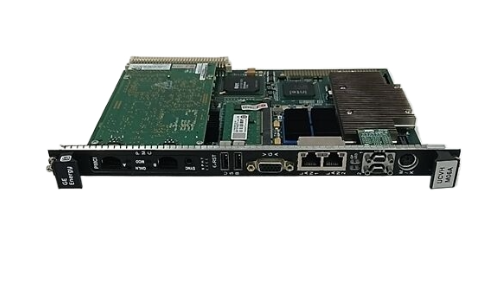
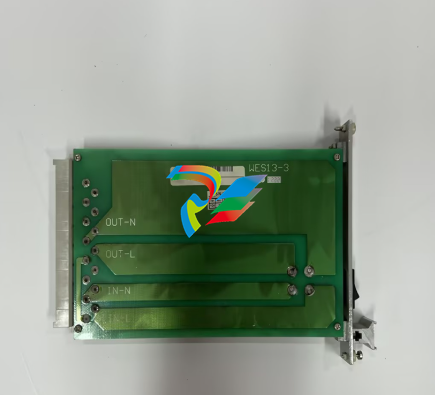
.jpg)
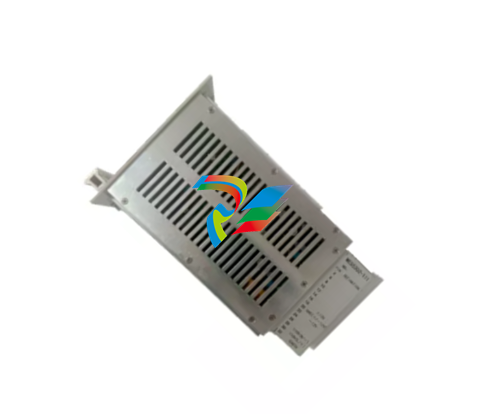
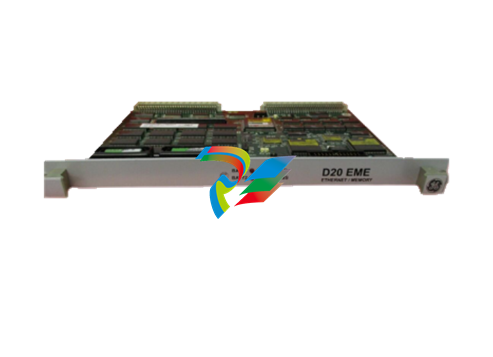
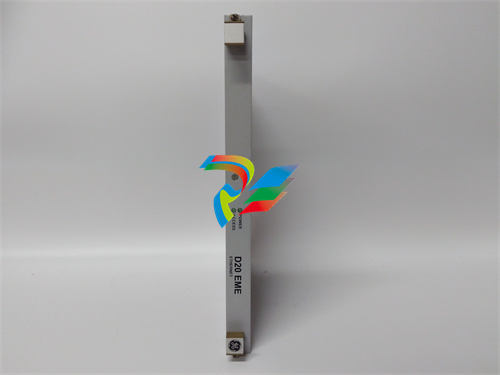
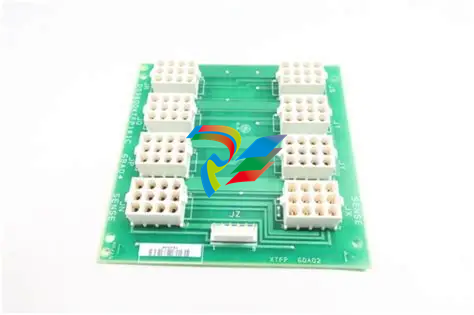












































.jpg)
.jpg)





.jpg)



.png)
.jpg)

.jpg)
_lVjBYb.jpg)

.jpg)
.jpg)



.jpg)
.jpg)







.jpg)

.jpg)
.jpg)











.jpg)




.jpg)
.jpg)
.jpg)
.jpg)
.jpg)
.jpg)
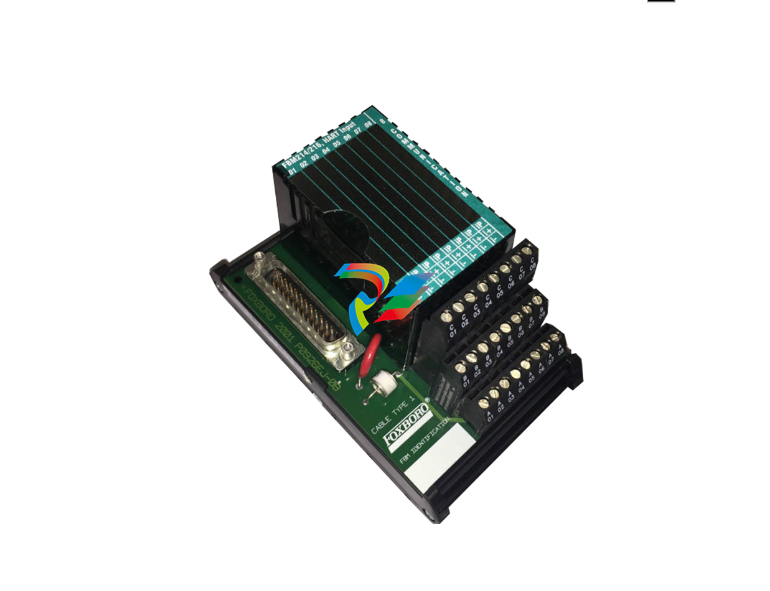
.jpg)
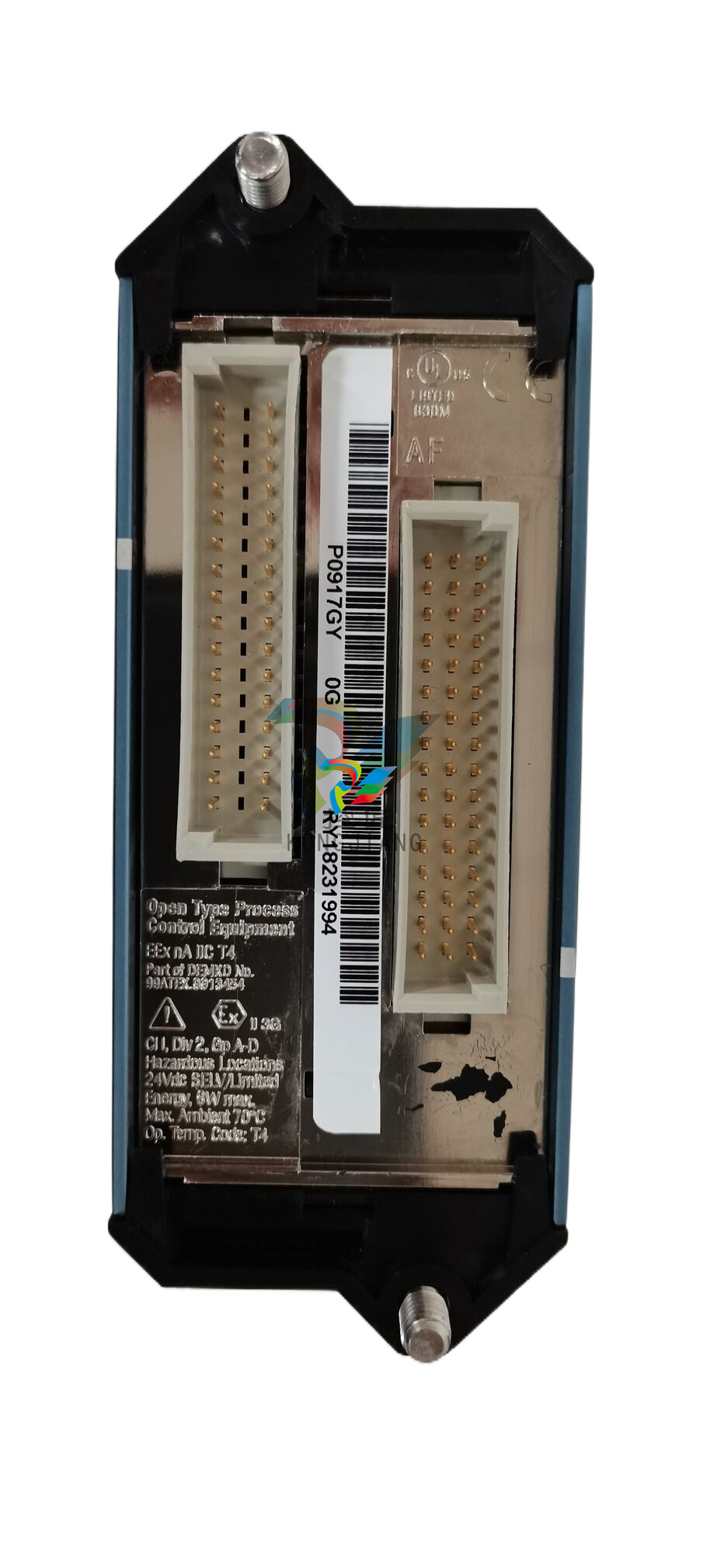
.jpg)
.jpg)
.jpg)
